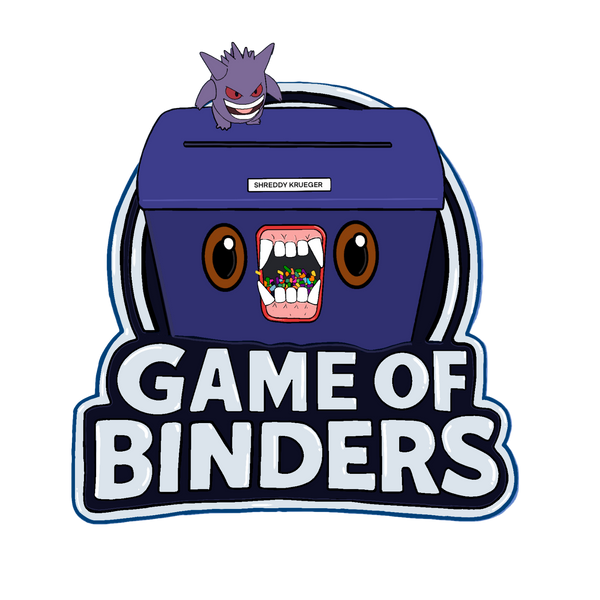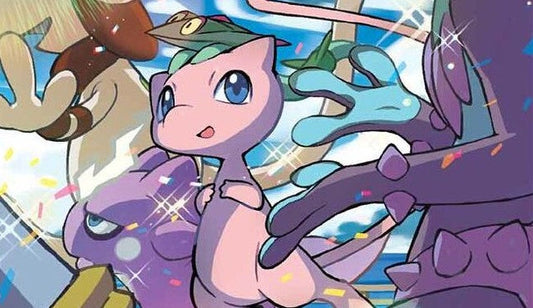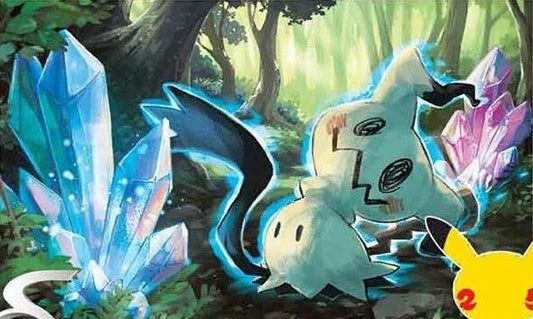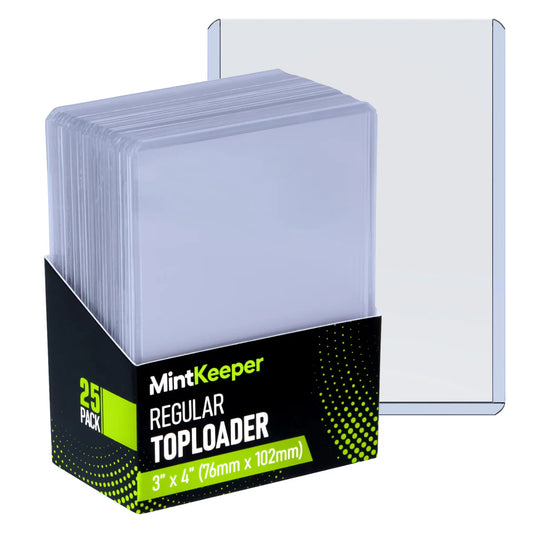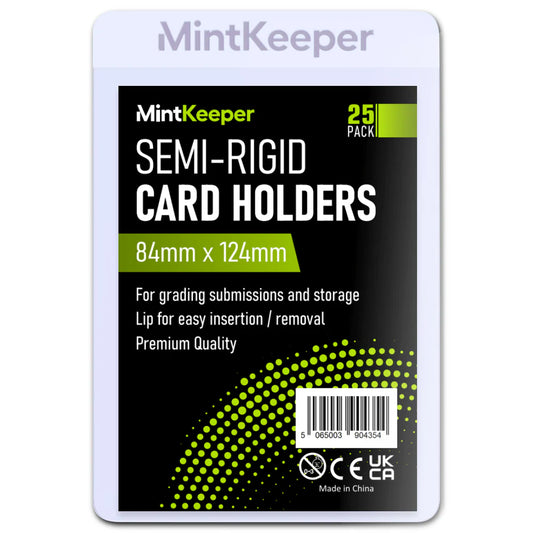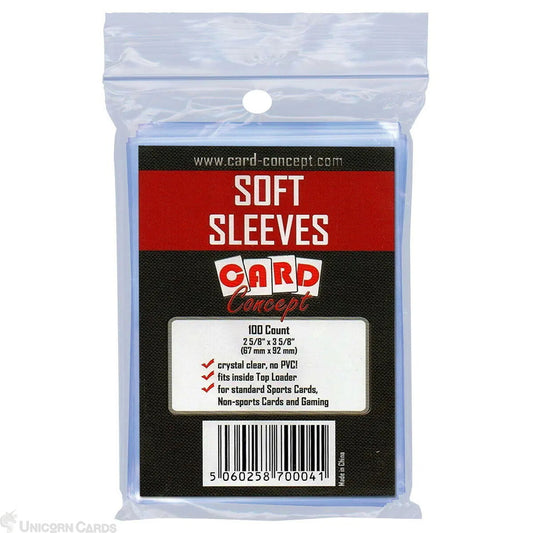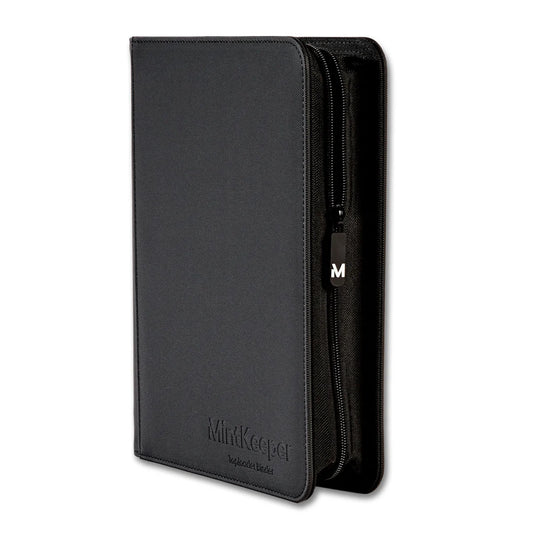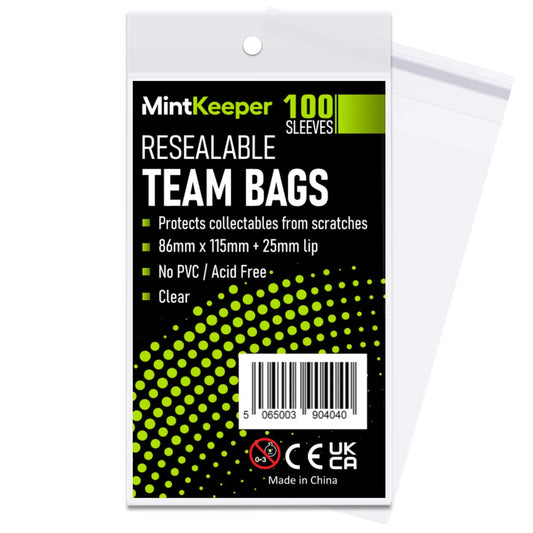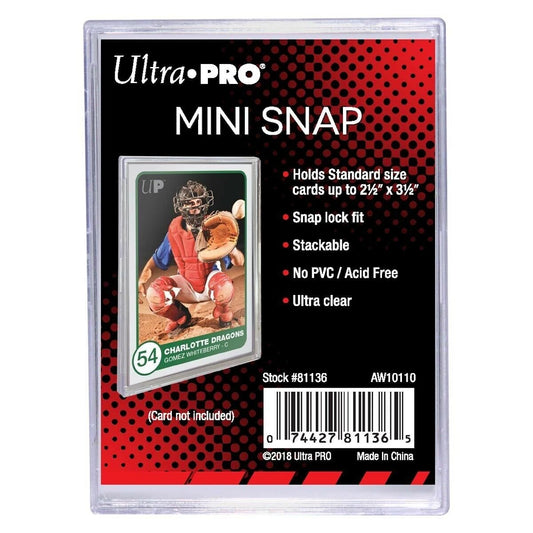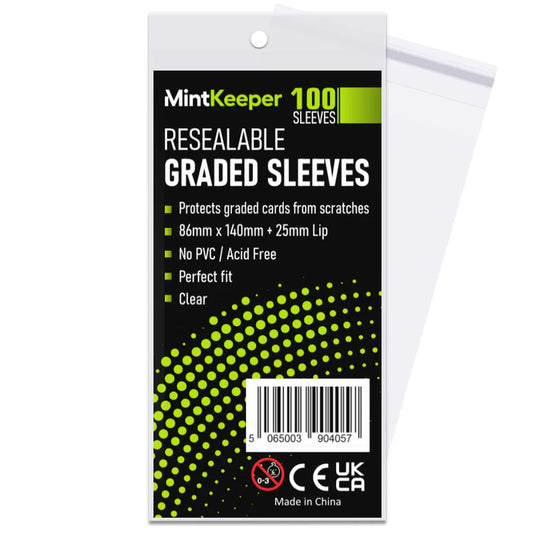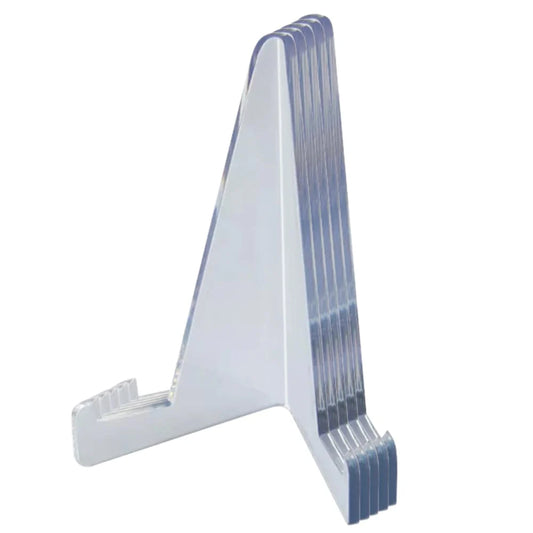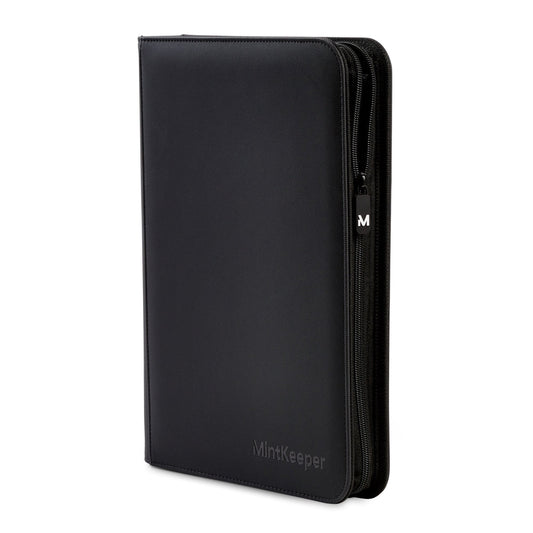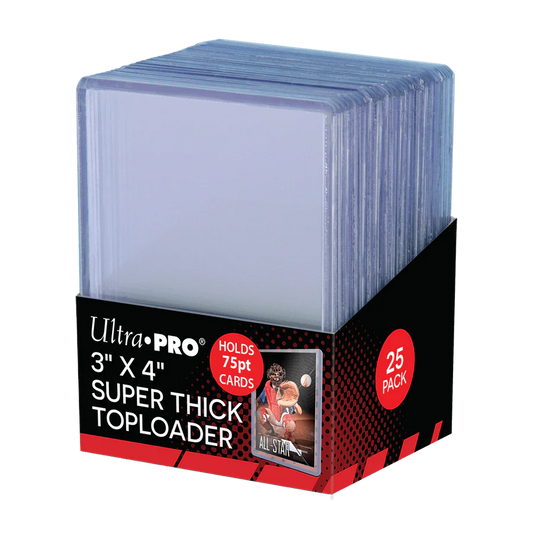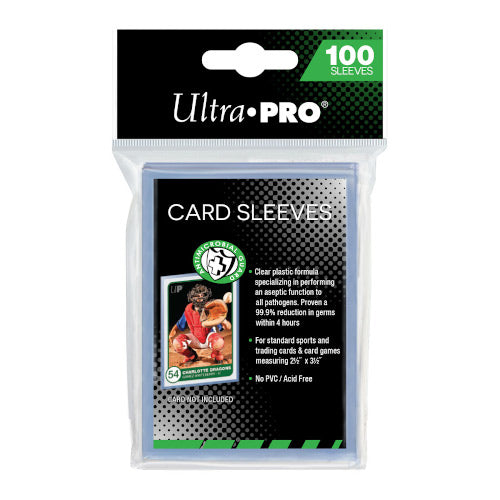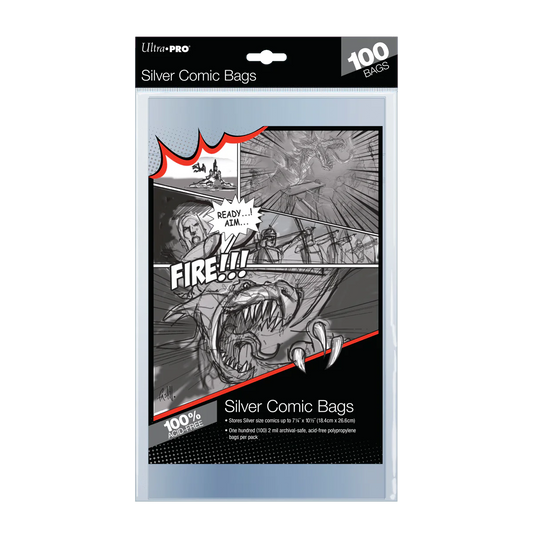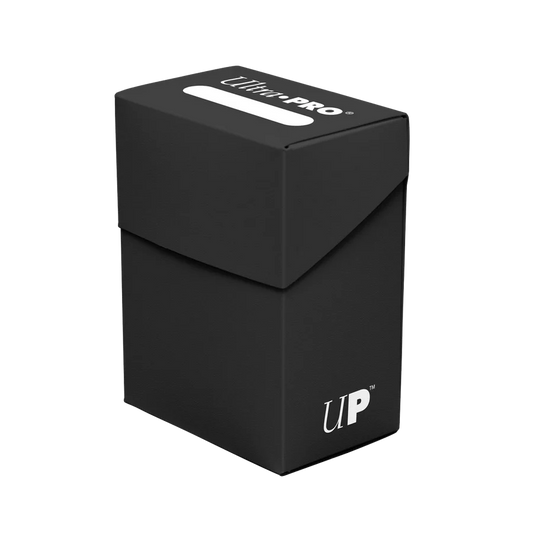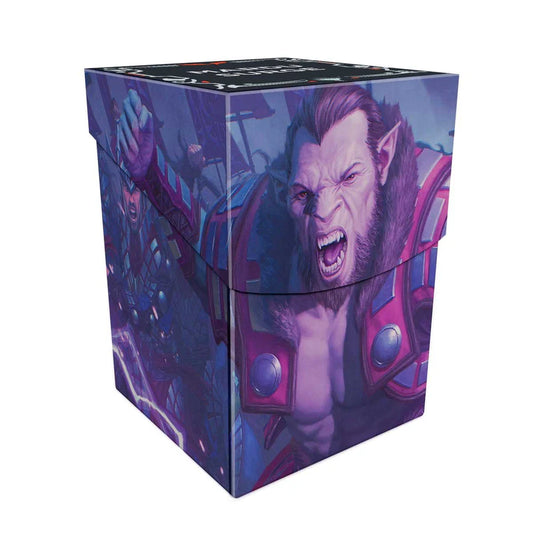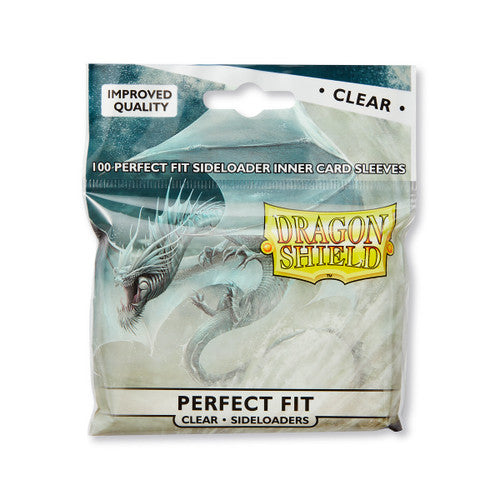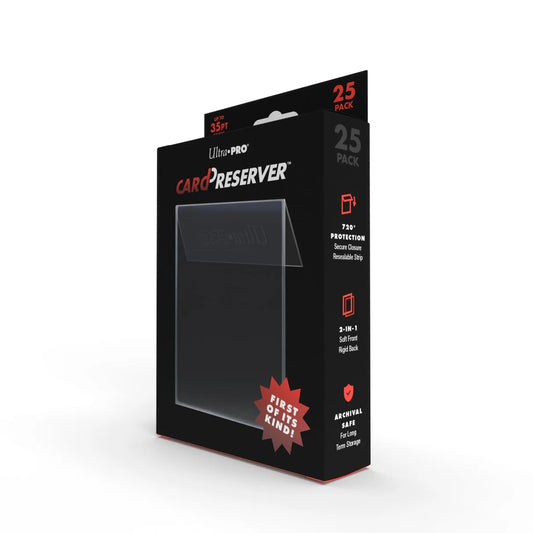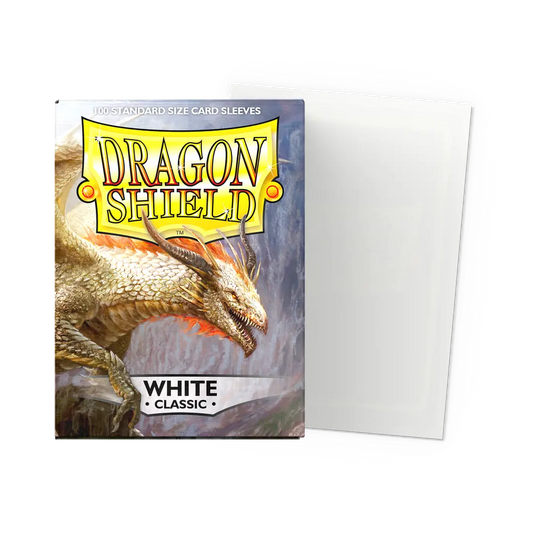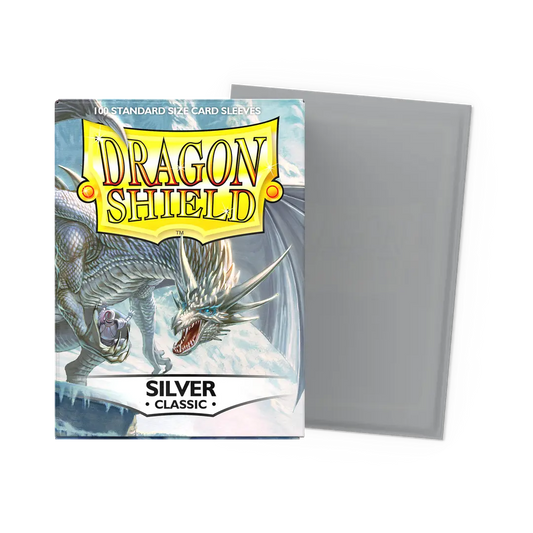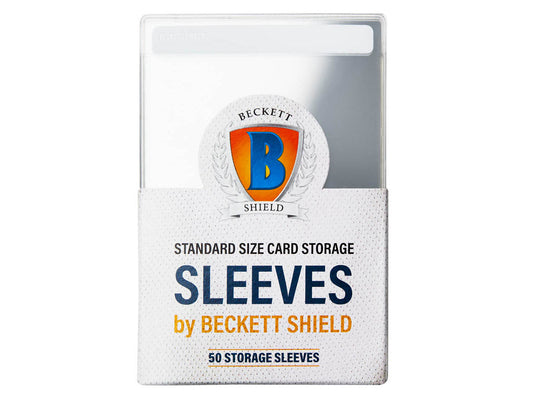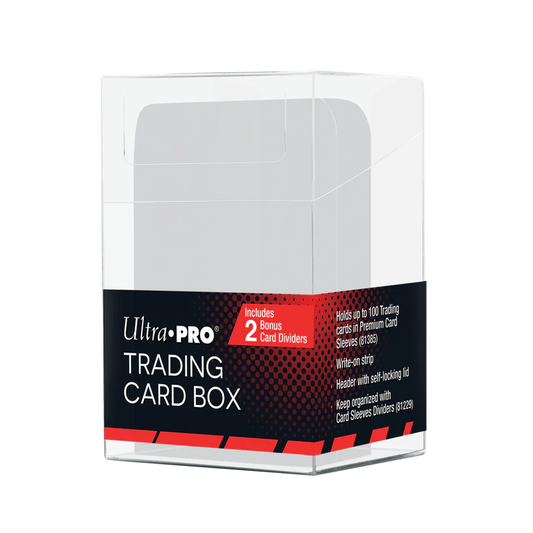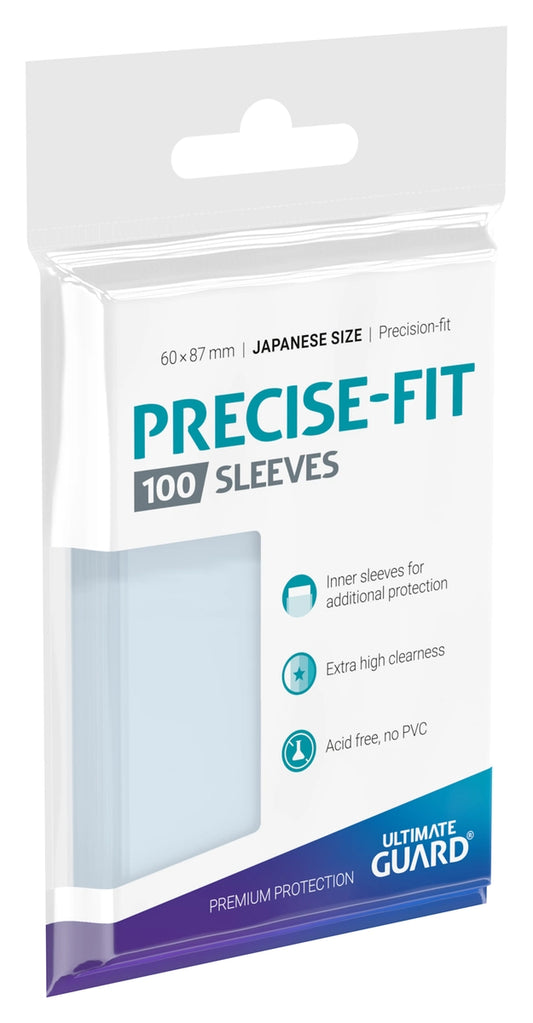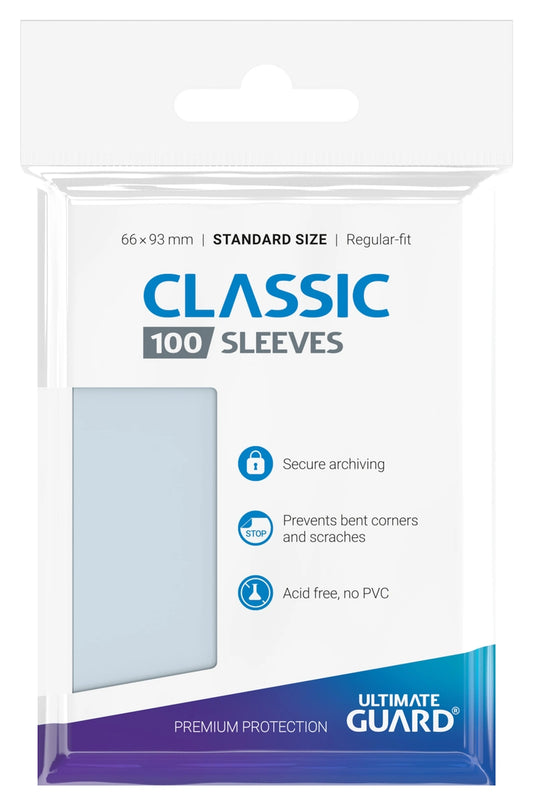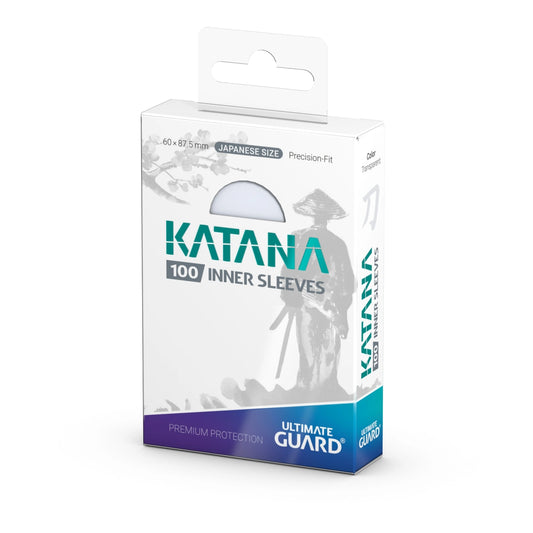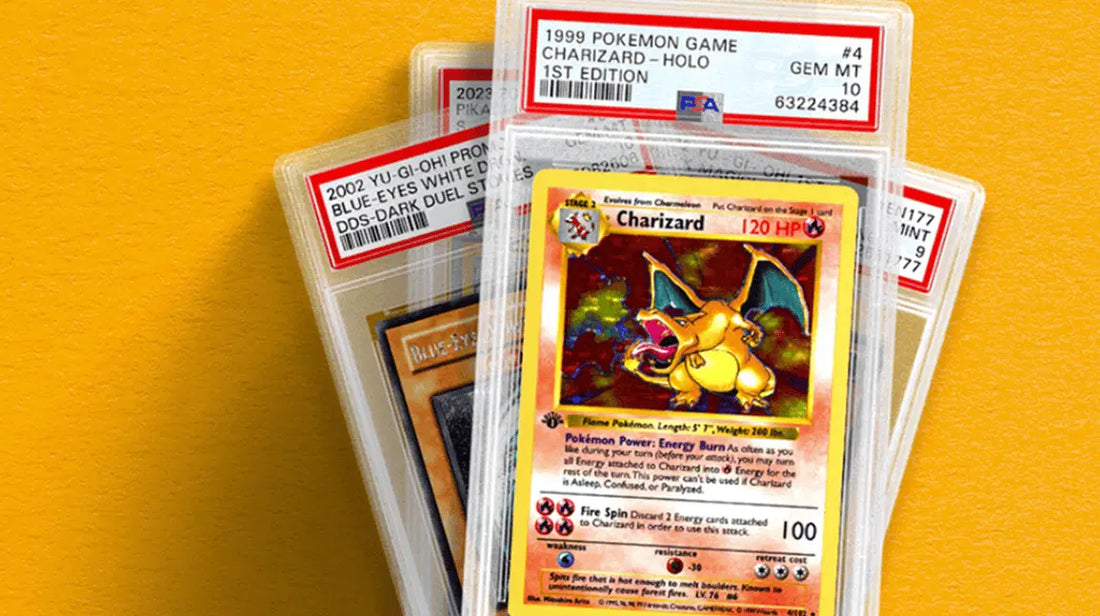
Should You Grade Pokémon Cards to Sell Later? Why Many Sellers Don’t
Share
Grading Pokémon cards to sell later— is it a good idea? And if a raw card looks mint and could potentially earn a PSA 10, why would the seller let it go instead of grading it themselves? These are questions many collectors face as they build and refine their collections.
At first glance, it seems obvious: grading Pokémon cards increases value, so why not do it? The truth is, while Pokémon chase card prices can rise significantly when graded, there are important reasons why raw cards still flood the market—often even in excellent condition. In this blog, we break down why sellers often skip grading and why it's not always the most practical option, even when chasing profits.


Grading Isn’t as Universal as It Seems
Over the past five years, grading Pokémon cards has surged in popularity. PSA, the leading grading company, has expanded from 45 million total cards graded to over 115 million. At card shows and online platforms, slabs are everywhere.

But here's the reality:
- Most Pokémon collectors still don’t grade their cards.
- Even with the explosion in grading, raw cards dominate due to sheer volume.
- Over 75 billion Pokémon cards have been printed since 2018—grading hasn’t kept pace.
The 115 million total cards graded by PSA include all categories: sports, Yu-Gi-Oh, Digimon, and more. Only a portion of that figure is from grading Pokémon cards. The majority of collectors still deal in raw singles, and that’s unlikely to change soon.
Why Don’t Sellers Just Grade and Make More Money?
Let’s break it down into the three main reasons:
1. Grading Costs Add Up Quickly
Even at £12–£15 per card for basic submissions, grading gets expensive fast. If you own hundreds or thousands of raw cards in solid condition, grading them all becomes unrealistic.
- A collector with 3,000 grade-worthy cards would need £45,000 at £15 per card.
- High-value cards often face upcharges (e.g. a £5,000 card might cost significantly more to grade).
- Grading companies like PSA, CGC, and Beckett all have varying rules—and not all include insurance or shipping.
International sellers, especially from countries like Japan, face even higher grading fees and shipping costs. Many would rather sell raw and avoid the hassle altogether.
2. Buyers Often Prefer Raw Cards
Graded cards are more expensive and less liquid. Not everyone has the budget to pay £300+ for a slabbed card—especially casual collectors.
- A raw Shining Charizard might be listed for £200, while a PSA 10 version could fetch over £1,500.
- For many, it makes more sense to buy three or four quality raw cards than invest in a single graded one.
- Dealers often prefer raw cards, especially if slabs are from lesser-known grading companies or lack consistent sales history.
A recent example involved a seller trying to offload a high-grade Shining Charizard. Multiple vendors passed—not because of the card’s condition, but because there was only one recorded sale in that grade from that grading company in the past year. This highlights some of the challenges involved in grading Pokémon cards. Many said they’d buy it instantly if it were raw.
3. Grading Is Risky and Time-Consuming
Sending cards in for grading involves:
- Postal risk – packages get lost, damaged, or even stolen.
- Long turnaround times – some submissions take months to return.
- Uncertainty of the grade – what looks like a PSA 10 might come back as an 8 due to centering or surface issues.
For many collectors, the risk and wait just aren’t worth it—especially if the goal is quick resale or if they’re working with tight margins. Selling raw is often faster, safer, and less stressful.
Why Pokémon Chase Card Prices Don’t Guarantee Grading
Even with high Pokémon chase card prices, grading isn’t always the best move, this is why:
- They need liquidity now, not after a 3-month wait.
- They don’t want to invest in upcharges or shipping.
- They know raw cards are easier to sell, especially at lower price points.
And remember—a raw card is never a guaranteed PSA 10, no matter how clean it looks. If someone is selling you a raw card “because it will grade a 10” at slab prices—walk away. It’s better to buy the actual slab if that’s what you’re after.
Conclusion
Grading Pokémon cards can boost value, but it’s not always practical. Between high costs, market risks, and buyer habits, raw cards continue to dominate the Pokémon hobby. Whether you're looking to sell or invest, understanding these realities will help you make smarter decisions—and avoid costly grading mistakes.
If you're shopping raw with the intent to grade, go in with realistic expectations. And if you're wondering why a near-mint card hasn’t been slabbed, now you know—grading just isn't always worth it.
References
eBay.co.uk. (2025). Recent Sales Data for Graded Pokémon Cards. [online] Available at: https://www.ebay.co.uk [Accessed 28 July 2025].
PokéData.io. (2025). Card Value Trends and Analysis. [online] Available at: https://www.pokedata.io [Accessed 28 July 2025].
Pokerado. (2025). TikTok Video Commentary on Pokémon Chase Card Prices. [TikTok video] Available at: https://www.tiktok.com/@pokerad0/video/7531778097289465143?lang=en-GB [Accessed 28 July 2025].
PSA Population Report. (2025). Gem Rates and Grading Statistics. [online] Available at: https://www.psacard.com [Accessed 28 July 2025].
